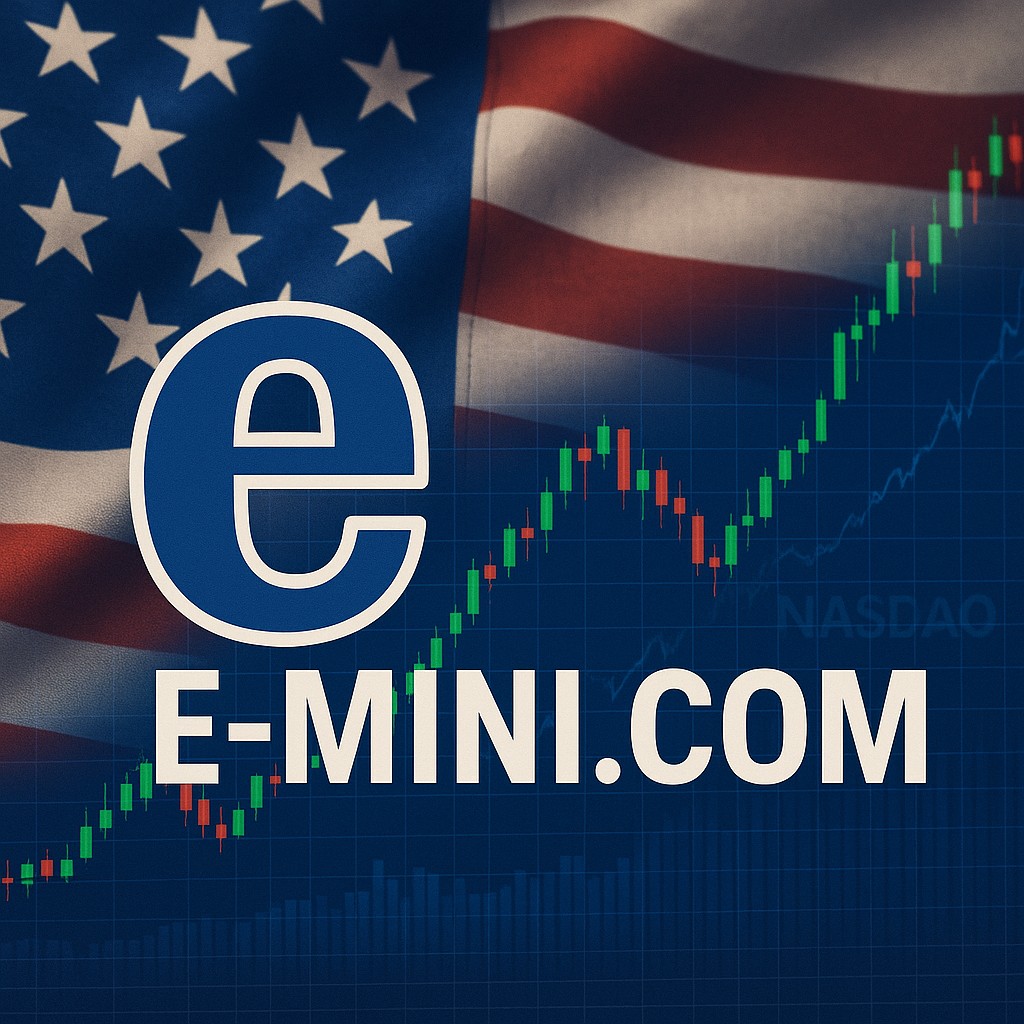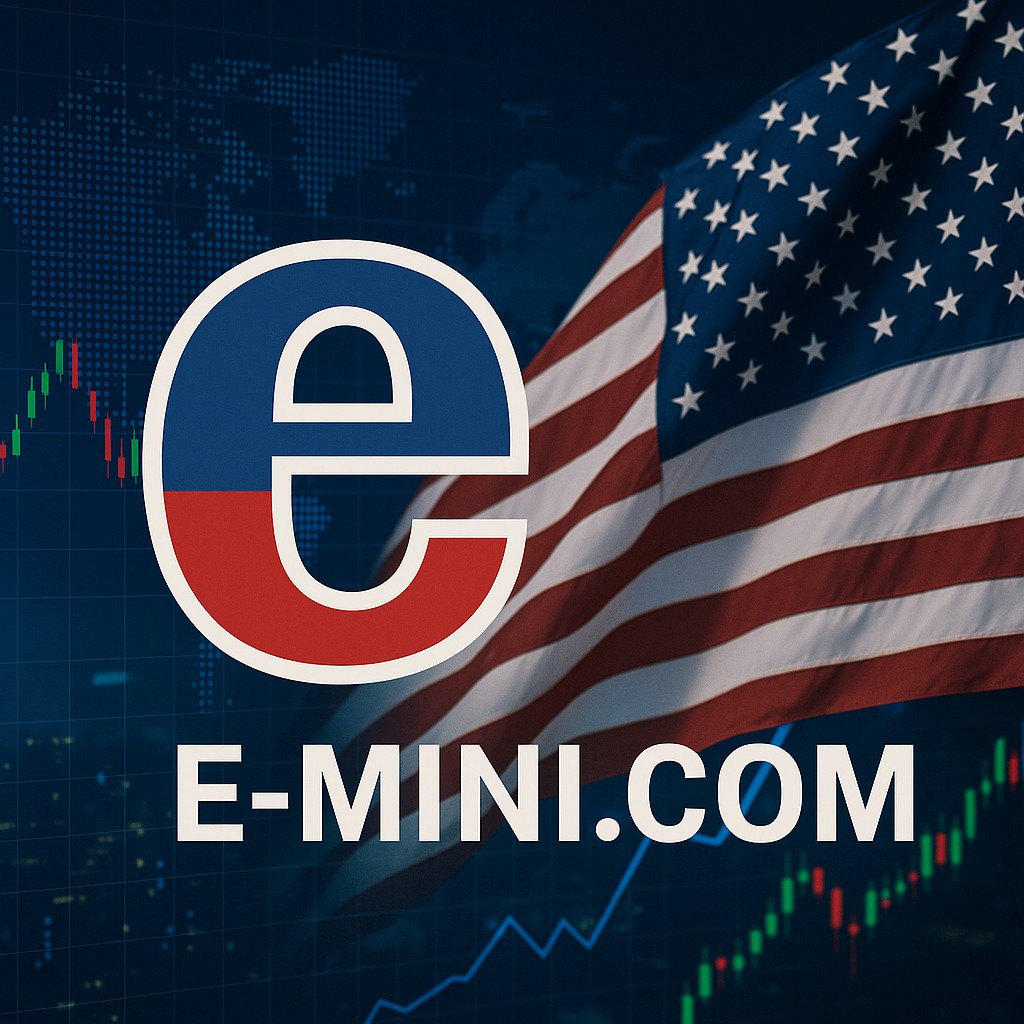E-Mini futures, commonly referred to as “e-minis,” are electronically traded futures contracts that represent a fraction of the value of standard futures contracts. These instruments were introduced by the Chicago Mercantile Exchange (CME) in 1997, beginning with the E-mini S&P 500 contract. Since then, the market for e-minis has expanded to include contracts on other major stock indices, commodities, and currencies.
The primary appeal of e-minis lies in their accessibility and liquidity. Because they are traded in smaller increments compared to traditional futures contracts, they allow a broader range of investors—including retail traders—to participate in the futures markets. E-mini futures also offer significant leverage, meaning that traders can control large positions with relatively small capital outlays. This combination of accessibility, liquidity, and leverage has made e-minis a popular tool for hedging, speculation, and portfolio management.
How E-Mini Futures Work
E-mini futures contracts are standardized agreements to buy or sell a specified amount of an underlying asset at a predetermined price at a future date. The underlying assets of e-minis can include stock indices, such as the S&P 500, Nasdaq-100, and Dow Jones Industrial Average, among others. Each e-mini contract represents a specific portion of the full-sized futures contract. For example, one E-mini S&P 500 futures contract is equivalent to 50 times the value of the S&P 500 index.
When traders buy or sell e-mini futures, they are essentially taking a position on the future direction of the underlying asset’s price. If a trader believes that the S&P 500 index will rise, they may buy (or “go long”) an E-mini S&P 500 futures contract. Conversely, if they anticipate a decline in the index, they may sell (or “short”) the contract. The profit or loss on the contract is determined by the difference between the entry and exit prices, multiplied by the contract’s multiplier.
One of the key advantages of e-minis is their high liquidity. This liquidity ensures that traders can easily enter and exit positions, even in large quantities, without significantly impacting the market price. Additionally, e-minis are traded electronically, allowing for near-instantaneous execution of trades. This makes them an ideal instrument for day trading, swing trading, and other short-term strategies.
The Role of E-Mini Futures in Market Dynamics
E-mini futures are closely watched by traders and investors because they can provide early indications of market sentiment. Since e-minis are traded almost 24 hours a day, they can reflect market reactions to global events and economic data before the official market opening. For instance, if there is a significant geopolitical event or economic report released overnight, the price movement of e-minis can give a preview of how the U.S. stock market might respond when it opens.
The S&P 500 opened today at 5,376.98. Within 30 minutes of trading, the benchmark index rose by 15.49 points, or 0.29%, to 5,392.47. Year to date, the benchmark index is up, with a return of 13.31%. This kind of movement in the index often correlates with the price action in E-mini S&P 500 futures, which typically move in tandem with the underlying index.
Geopolitical Risks and Their Impact on E-Mini Futures
Geopolitical events are one of the many factors that can significantly influence the price of e-mini futures. When such events occur, they can create uncertainty and volatility in financial markets, as traders and investors react to the potential economic and political ramifications. One hypothetical scenario that could have a profound impact on e-mini futures involves a conflict between Iran, Hezbollah, and Israel.
Scenario: An Iranian and Hezbollah Attack on Israel with an Israeli Counterattack
In this scenario, imagine that tensions between Iran and Israel escalate to the point where Iran, possibly with the support of Hezbollah, launches an attack on Israel. In response, Israel executes a counterattack against both Iran and Hezbollah. Such a conflict would have far-reaching consequences, not only for the countries directly involved but also for global financial markets.
The immediate reaction in the markets would likely be one of fear and uncertainty. Investors typically react to geopolitical conflicts by seeking safer assets, leading to a “flight to quality.” This behavior often results in a sell-off in riskier assets, such as equities, and an increase in demand for safer assets, such as U.S. Treasury bonds, gold, and the U.S. dollar.
Given that e-mini futures are a reflection of market sentiment, the initial impact on e-mini futures—particularly those linked to stock indices like the S&P 500—would likely be negative. Traders anticipating a market sell-off due to the conflict might rush to sell their e-mini contracts, driving down prices.
Short-Term Impact on E-Mini Futures
In the immediate aftermath of the hypothetical Iranian and Hezbollah attack on Israel, e-mini futures would likely experience heightened volatility. The S&P 500 E-mini futures, for instance, might see a sharp decline as traders and investors react to the news. The degree of the decline would depend on several factors, including the scale of the conflict, the involvement of other nations, and the potential for escalation into a broader regional or even global war.
As mentioned earlier, the S&P 500 index opened at 5,376.98 today and rose slightly within the first 30 minutes of trading. However, in the context of a severe geopolitical conflict, this initial gain could quickly be reversed as the market digests the news. E-mini futures could see significant downward pressure, potentially leading to a drop in the underlying index.
During times of geopolitical stress, liquidity in the futures markets can also be impacted. While e-minis are typically highly liquid, extreme market conditions can lead to wider bid-ask spreads and less depth in the order book. This could exacerbate price movements and increase the cost of executing trades.
Flight to Safety and the Impact on Other Asset Classes
As traders and investors flee riskier assets, the demand for safer assets would likely increase. This “flight to safety” could result in a rise in the prices of U.S. Treasury bonds, the U.S. dollar, and gold. In turn, the yields on Treasury bonds would likely decrease, reflecting the increased demand for these safe-haven assets.
For e-mini futures, the shift in market sentiment could lead to further declines in equity-linked futures, such as those based on the S&P 500, Nasdaq-100, and Dow Jones Industrial Average. Conversely, e-mini futures linked to commodities like gold might see an uptick as investors look to hedge against the uncertainty.
In this scenario, the energy markets would also be significantly impacted. Iran is a major player in the global oil market, and any conflict involving Iran could disrupt oil supply, leading to higher prices. This, in turn, could lead to inflationary pressures, which might further weigh on equity markets and e-mini futures. E-mini crude oil futures, for example, could see a sharp rise in prices, reflecting the increased geopolitical risk premium.
Medium to Long-Term Impact on E-Mini Futures
As the conflict unfolds, the medium to long-term impact on e-mini futures would depend on several factors, including the duration of the conflict, the involvement of other nations, and the impact on the global economy. If the conflict were to escalate into a prolonged war, the negative impact on e-mini futures could be sustained.
Over time, however, markets tend to adjust to new realities. If the conflict remains localized and does not lead to a broader war, the initial panic could give way to a more measured response. Central banks and governments might intervene with monetary and fiscal policies to stabilize markets, which could help to mitigate the impact on e-mini futures.
For instance, the U.S. Federal Reserve might respond to the economic uncertainty by cutting interest rates or implementing other measures to support the economy. Such actions could provide a floor to the decline in e-mini futures, and potentially lead to a recovery in prices.
On the other hand, if the conflict leads to a significant disruption in global trade, energy supplies, or economic growth, the impact on e-mini futures could be more severe and prolonged. In such a scenario, e-mini futures could remain under pressure as investors grapple with the implications of a slower global economy and higher inflation.
E-mini futures are a crucial tool for traders and investors looking to gain exposure to major stock indices, commodities, and other assets. Their high liquidity, accessibility, and leverage make them an attractive option for a wide range of market participants.
However, like all financial instruments, e-minis are susceptible to a variety of risks, including geopolitical events. In the hypothetical scenario of an Iranian and Hezbollah attack on Israel, followed by an Israeli counterattack, e-mini futures would likely experience significant volatility and downward pressure as markets react to the uncertainty and potential economic impact.
While the initial reaction might be one of panic and risk aversion, the medium to long-term impact would depend on the evolution of the conflict and the response from central banks, governments, and other market participants. Understanding these dynamics is crucial for traders and investors who use e-mini futures to navigate the complexities of the global financial markets.
To open a futures account with E-Mini.com, please click here.
Ready to start trading futures? Call US 1(800)454-9572 – Int’l (310)859-9572 email info@cannontrading.com and speak to one of our experienced, Series-3 licensed futures brokers and start your futures trading journey with E-Mini.com today.
Disclaimer – Trading Futures, Options on Futures, and retail off-exchange foreign currency transactions involves substantial risk of loss and is not suitable for all investors. Past performance is not indicative of future results. You should carefully consider whether trading is suitable for you in light of your circumstances, knowledge, and financial resources. You may lose all or more of your initial investment. Opinions, market data, and recommendations are subject to change at any time.
Important: Trading commodity futures and options involves a substantial risk of loss. The recommendations contained in this writing are of opinion only and do not guarantee any profits. This writing is for educational purposes. Past performances are not necessarily indicative of future results.
**This article has been generated with the help of AI Technology. It has been modified from the original draft for accuracy and compliance.
***@cannontrading on all socials.





